Probably the most famous Marine Corps around the world is the United States Marine Corps, but that is not the only one. We have compiled a list of The World’s Top 5 Marine Corps, which is disputable because to rank the world’s best Marines successfully, we had to consider the unit’s training, personnel, technology, kit, capabilities, and funding. We did not take into account personal beliefs, biases, or vendettas.
Russian Naval Infantry (Russia)
The Russian Naval Infantry (Marines, Морская пехота, Morskaya Pekhota), or Russian Marines, is the amphibious force of the Russian Navy. The first Russian naval infantry force was formed in 1705, and since that time, it has fought in the Napoleonic Wars, the Crimean War, the Russo-Japanese War, and the First and Second World Wars. Under Admiral Gorshkov, the Soviet Navy expanded the reach of the Naval Infantry and deployed it worldwide on numerous occasions.
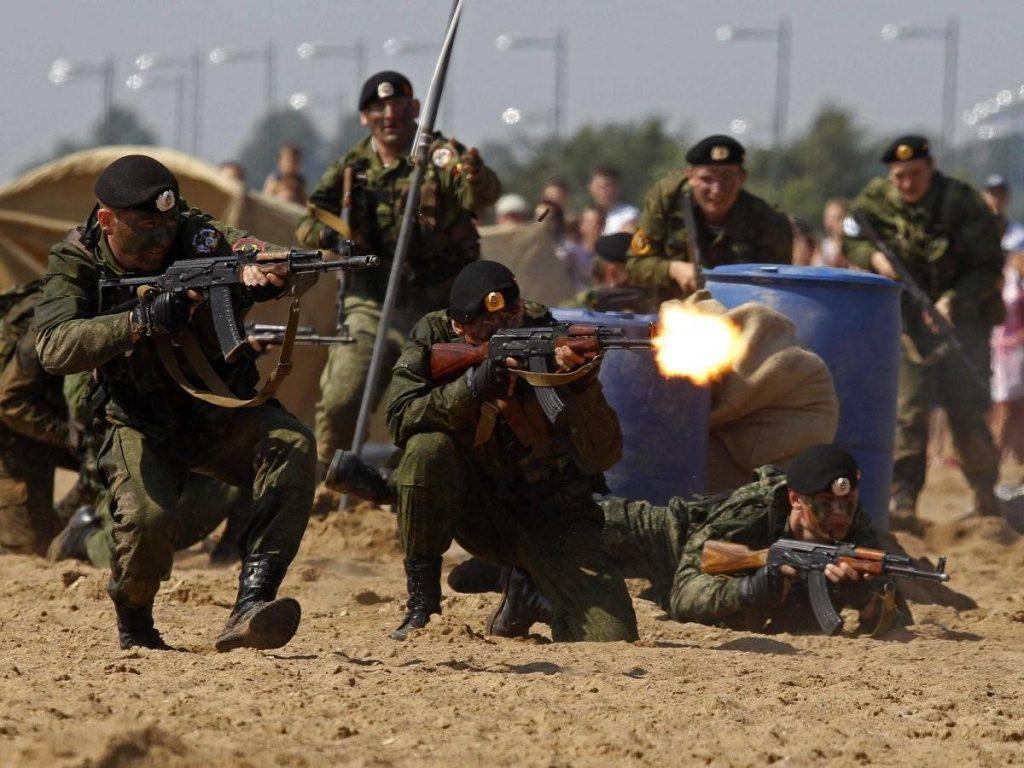
The Marines are led by the Deputy Commander of Coastal Troops/Commandant of the Coastal Troops of the Russian Navy, Major General (NI) Aleksandr Kolpachenko. Their motto: “There, Where We Are, There is Victory!” They, alongside the Coastal Defense Missile Artillery Forces, form part of a larger institution—the Coastal Defense Forces of the Russian Navy (Береговые войска ВМФ России, Beregovye Voyska VMF Rossii). Numbering less than 12,000 active duty commandos, the Russian Maritime Infantry arm is one of the smallest outfits in the Russian Armed Forces.
Training is said to be extremely brutal, fatalities are normal, and training can last up to eight months depending on the selected job. A Marine Regiment, equipped with the PT-76 and BRDM-2, consists of 1 Tank Battalion and 3 Marine Battalions, one motorized with BTR-60-series amphibious vehicles.
A Marine Brigade, equipped with the PT-76 or T-80 and BRDM-2, consists of 2 Tank Battalions, and 4 to 5 Marine Battalions, one motorized with BTR-60-series amphibious vehicles. A tank battalion originally had 36 MBTs. At least one infantry battalion of each regiment or brigade is parachute trained, while all of the remaining infantry battalions are trained to be able to carry out air assault missions.
ROK Marine Corps (Republic of Korea)
The Republic of Korea Marine Corps (ROKMC; Korean: 대한민국 해병대; Hanja: 大韓民國海兵隊; Revised Romanization: Daehanminguk Haebyeongdae), also known as the ROK Marine Corps, or the ROK Marines, is the marine corps of South Korea. Though theoretically, it is under the direction of the South Korean Chief of Naval Operations Korean:-{대한민국 해군작전사령부}-), the ROK Marine Corps operates as a distinct arm of the South Korean Armed Forces, unlike the marine corps of most other countries, which generally operate as part of a navy.

The ROKMC was founded as a suppression operations force against communist partisans just before the start of the Korean War. While stationed in Da Nang, the ROKMC also saw combat during the Vietnam War, occasionally fighting alongside the U.S. Marines. As of 2015, the ROK maintains 29,000 battle-ready and elite-trained Marines ready to respond to any threat or hostile act made by its Northern Neighbor.
The Marine Corps, with 29,000 personnel, is organized into two divisions and one brigade under the Marine Corps Command. After the bombardment of Yeonpyeong, the ROKMC commander also holds the commander position of the NWIDC (North-Western Island Defence Command).
The 1st Marine Division can operate in sea, air, and land, specializing its three infantry battalions under a single regiment to Airborne/Amphibious Assault/Ranger. Furthermore, the ROKMC’s Recon units (2 Reconnaissance Battalions and 1 Reconnaissance Company) hold various special warfare training such as scuba and parachuting.
In March 2016, the ROK MoD announced the creation of a new “Spartan 3000” regiment consisting of 3000 ROK Marines. The unit will be combat-ready to be deployed in any part of the Korean Peninsula within 24 hours in case of an attack from the DPRK forces and will be responsible for targeting high-priority targets in North Korea, including nuclear facilities.
This new announcement also aims to make the ROK deployment strategy more efficient as it aims to be able to deploy a ROKMC regiment within 24 hours instead of the current 48 hours. The ROKMC relies on the ROK Navy for medical treatment of WIA, as specially trained Navy medics are to some extent, integrated into the Marine Corps units and also instruct fundamental first-aid techniques to new recruits (similar to the USMC’s Navy Corpsmen).
Korps Mariniers (Netherlands)
The Korps Mariniers is the marine corps and amphibious infantry component of the Royal Netherlands Navy. The marines are trained to operate anywhere in the world in all environments, under any condition and circumstance, as a rapid reaction force. The Korps Mariniers can be deployed to any location in the world within 48 hours. Their motto is Qua Patet Orbis (“As Far As The World Extends”).
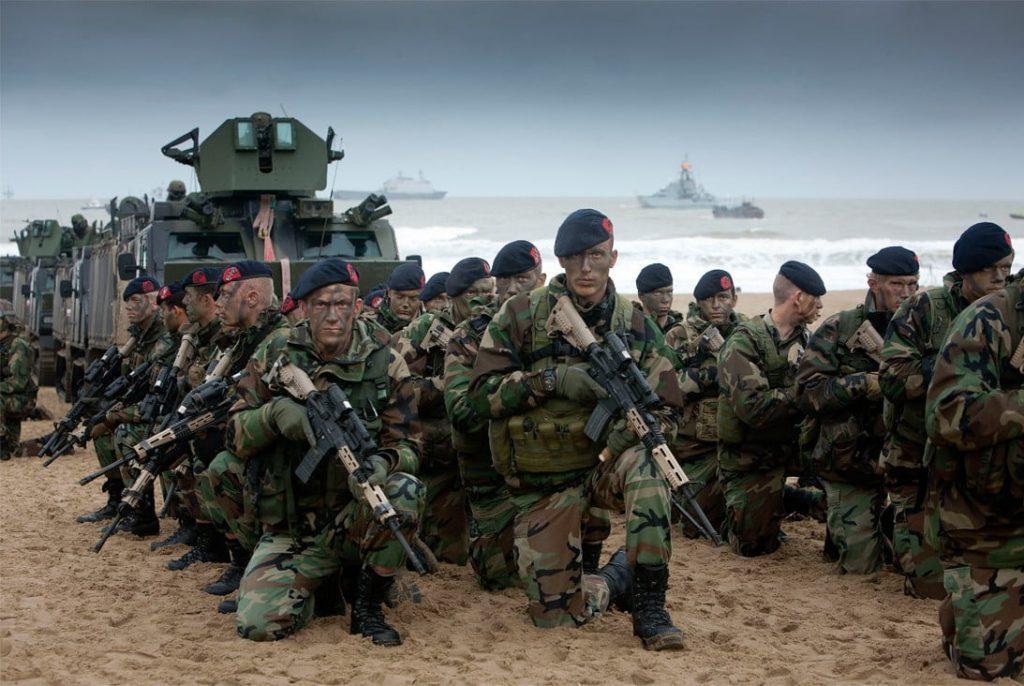
The Corps was founded on December 10 1665, during the Second Anglo-Dutch War by the Prime Minister of the Dutch Republic, Johan de Witt, and Admiral Michiel de Ruyter as the Regiment de Marine. Its leader was Willem Joseph van, Ghent.
The Dutch had successfully used ordinary soldiers in ships at sea in the First Anglo-Dutch War. It was the fifth European Marine unit formed, being preceded by Spain’s Infantería de Armada (1537), the Portuguese Marine Corps (1610), France’s Troupes de marine (1622), and the English Royal Marines (1664). Like Britain, the Netherlands had had several periods when its Marines were disbanded. The Netherlands itself was under French occupation or control from 1810 until 1813. A new Marine unit was raised on March 20, 1801, during the time of the Batavian Republic, and on August 14
A new Marine unit was raised on March 20, 1801, during the time of the Batavian Republic. On August 14, 1806, the Korps Koninklijke Grenadiers van de Marine was raised under King Louis Bonaparte. The modern Korps Mariniers dates from 1814, receiving its current name in 1817. The Korps Mariniers currently maintains a 2,300-strong Marine outfit ready at a moment’s notice to respond to any threat at hand.
The Dutch Marine Corps is the oldest branch of the armed forces of the Netherlands. There are two career possibilities to become a marine: enlisted marine, and marine officer, depending on the educational background. Only men are allowed to serve as marines but many female navy personnel is attached to marine corps units as cooks, administrators, nurses, or medical officers. Initial training to become an enlisted marine in the Netherlands lasts about 33 weeks (8 months – roughly equivalent to that of the British Royal Marines). It is given at the
It is given at the Mariniers Opleidingscentrum (M.O.C.) at the Van Ghentkazerne in Rotterdam. It is rigorous and very demanding, both physically and mentally, and eventually, 33% to 50% will pass. If successfully completed, the recruits receive their “dark blue beret”, and will be assigned to the operational units of Mariniers Training Command (MTC). Initial training to become a marine officer in the Netherlands lasts a total of 18 months, starting with an intensive 11 months of practical marine officer’s training, regarded as the most demanding initial military training within the Dutch armed forces (POTOM – Praktische Opleiding tot Officier der Mariniers).
This part of the initial training program is modular, which means that it comprises 3 phases. First, the prospective officers will learn the basic skills of every enlisted marine, which takes about ten weeks. After phase one comes the second phase, commanding a squad of 8 marines.
This module lasts for eight weeks and emphasizes nightly operations. After completing the second phase comes the final phase of commanding a Troop of marines. This last module is the longest, and cross-training is given by the Dutch Marine training cadre and the British Royal Marines. When completed, the ‘POTOM’ is followed by a half-year general officer’s training at the Koninklijk Instituut Voor de Marine (Royal Dutch Naval Academy).
If this is finished, the (now) marine officer will be assigned to the Mariniers Training Command (MTC) operational units. All Dutch marines are trained to operate in any environment, under any condition and circumstance. Therefore, Dutch marines regularly train in arctic, jungle, desert, high-altitude and urban conditions. Throughout their service, the marines embark on various training missions throughout the world. Amphibious warfare forms the heart of the marine corps, and this aspect is already implemented in the initial military training program.
During operational training, there is more emphasis on various other tactics in amphibious warfare. Experienced marines are able to obtain various specializations. It is common for marines to have multiple specializations. Special Forces (the Mountain Leaders and frogmen platoons have merged with the Unit Interventie Mariniers, creating the new Maritime Special Operations Force (MARSOF). Eligible marines will follow a 40-week special forces training course, after which they become long-range reconnaissance/SF operators and CT specialists. Graduates are able to
Throughout their service, the marines embark on various training missions throughout the world. Amphibious warfare forms the heart of the marine corps, and this aspect is already implemented in the initial military training program. During operational training, there is more emphasis on various other tactics in amphibious warfare. Experienced marines are able to obtain various specializations.
It is common for marines to have multiple specializations. Special Forces (the Mountain Leaders and frogmen platoons have merged with the Unit Interventie Mariniers, creating the new Maritime Special Operations Force (MARSOF). Eligible marines will follow a 40-week special forces training course, after which they become long-range reconnaissance/SF operators and CT specialists. Graduates are able to specialize further as Mountain Leader or frogman.)
Corps of Royal Marines (United Kingdom)
The Corps of Royal Marines (RM) is the United Kingdom’s amphibious light infantry force, forming part of the Naval Service, along with the Royal Navy. The Royal Marines were formed in 1755 as the Royal Navy’s infantry troops. However, the marines can trace their origins back to the formation of the English Army’s “Duke of York and Albany’s maritime regiment of Foot” at the grounds of the Honorable Artillery Company on October 28 1664.
As a highly specialized and adaptable light infantry force, the Royal Marines are trained for rapid deployment worldwide and capable of dealing with a wide range of threats. The Royal Marines are organized into a light infantry brigade (3 Commando Brigade) and a number of separate units, including 1 Assault Group Royal Marines, 43 Commando Royal Marines formerly Fleet Protection Group Royal Marines (previously the Comacchio Group), and a company strength commitment to the Special Forces Support Group.
The Corps operates in all environments and climates, though particular expertise and training are spent on amphibious warfare, arctic warfare, mountain warfare, expeditionary warfare, and its commitment to the UK’s Rapid Reaction Force. Throughout its history, the Royal Marines have seen action in a number of major wars often fighting beside the British Army – including the Seven Years’ War, the Napoleonic Wars, the Crimean War, World War I and World War II.
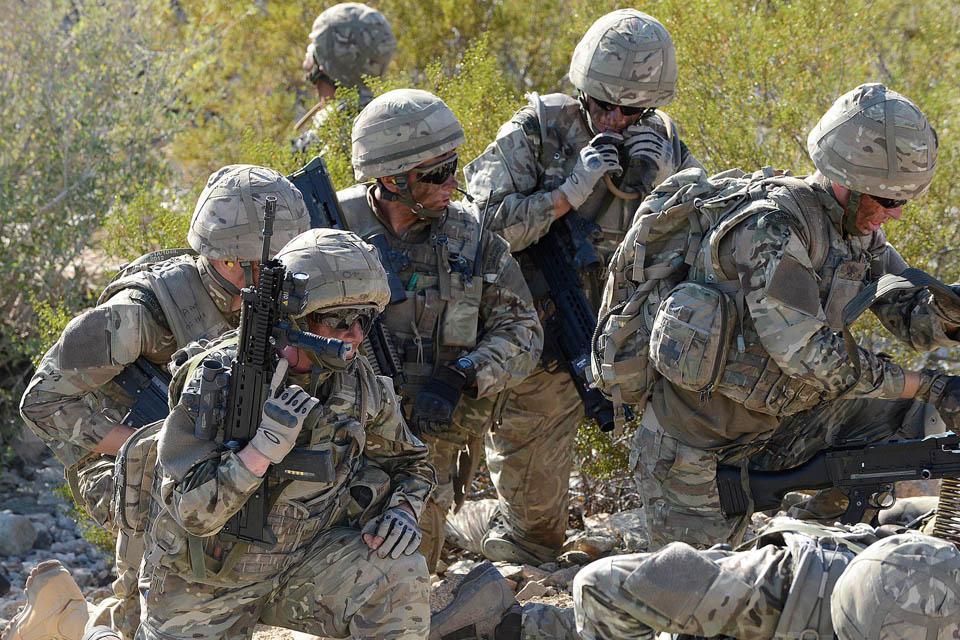
In recent times the Corps has been largely deployed in expeditionary warfare roles such as the Falklands War, the Gulf War, the Bosnian War, the Kosovo War, the Sierra Leone Civil War, the Iraq War, and the War in Afghanistan. The Royal Marines have close international ties with allied marine forces, particularly the United States Marine Corps and the Netherlands Marine Corps (Dutch: Korps Mariniers).
Today, the Royal Marines are an elite fighting force within the British Armed forces, having undergone many substantial changes over time. The RMC currently maintains a 7,760 strong active and a 750 strong marine Reserve component. Royal Marines are required to undergo one of the longest and most physically demanding specialist infantry training regimes in the world. Recruit training lasts for 32 weeks for Marines and 64 weeks for officers.
Potential recruits must be male and aged 16 to 33 and they must first undertake a series of interviews, medical tests, an eye/sight test, psychometric tests and a PJFT (Pre-joining fitness test). Once a potential recruit passes these, enlisted recruits undertake a 3-day selection course called PRMC (Potential Royal Marine Course) and potential officers undertake POC (Potential Officer Course) – both take place at the Commando Training Centre Royal Marines (CTCRM) in Lympstone, Devon.
Officers must also take the Admiralty Interview Board (AIB). Upon passing the 3-day course, recruits then start basic recruit training (RT) at CTCRM. Unlike in many countries, enlisted Marines and officer Marines often train together for the first 32 weeks.
A large proportion of training is carried out on Dartmoor’s inhospitable terrain and Woodbury Common woodland. The culmination of their training ends with their infamous commando courses which they initially pre-train for.
The commando courses are a series of physical and mental endurance tests that highlight their military professionalism.
The United States Marine Corps (USMC)
The United States Marine Corps (USMC) is a branch of the United States Armed Forces responsible for providing power projection, using the mobility of the United States Navy to, by Congressional mandate, rapidly deliver combined-arms task forces on land, at sea, and in the air.
The U.S. Marine Corps is one of the four armed service branches in the U.S. Department of Defense and one of the seven uniformed services of the United States. The current Chairman of the Joint Chiefs of Staff, the highest-ranking military officer in the U.S. armed forces, is a Marine Corps general. The Marine Corps has been a component of the U.S. Department of the Navy since June 30 1834, working closely with naval forces for training, transportation, and logistics.
The USMC operates posts on land and aboard sea-going amphibious warfare ships around the world, and several of the Marines’ tactical aviation squadrons, primarily Marine Fighter Attack squadrons, are also embedded in Navy carrier air wings and operate from the Navy’s nuclear-powered aircraft carriers.
Two battalions of Continental Marines were formed on November 10 1775 in Philadelphia as a service branch of infantry troops capable of fighting for independence both at sea and onshore. The role of the Corps has since grown and evolved, expanding to aerial warfare and earning popular titles such as, “America’s third air force”, and, “second land army”.
The United States Marine Corps has distinguished itself as it has served in the majority of American wars and armed conflicts, from its inception to the modern era, and attained prominence in the 20th century when its theories and practices of amphibious warfare proved prescient and ultimately formed the cornerstone of the Pacific theater of World War II By the mid-20th century, the U.S. Marine Corps had become a major theorist of and the world’s dominant practitioner of amphibious warfare.
Its ability to rapidly respond on short notice to expeditionary crises gives it a strong role in the implementation and execution of American foreign policy. As of 2016, the USMC has around 182,000 active duty members and some 38,900 reserve Marines.
It is the smallest of the U.S. Armed Forces within the U.S. DOD. Every year, over 2,000 new Marine officers is commissioned, and 38,000 recruits accepted and trained. All new Marines, enlisted or officer, are recruited by the Marine Corps Recruiting Command. Commissioned officers are commissioned mainly through one of three sources: Naval Reserve Officer Training Corps (NROTC), Officer Candidates School (OCS), or the United States Naval Academy (USNA).
Following commissioning, all Marine commissioned officers, regardless of accession route or further training requirements, attend The Basic School (TBS) at Marine Corps Base Quantico, Virginia. At TBS, second lieutenants, warrant officers, and selected foreign officers learn the art of infantry and combined arms warfare. Enlisted Marines attend recruit training, known as boot camp, at either Marine Corps Recruit Depot San Diego or Marine Corps Recruit Depot Parris Island. Historically, the Mississippi River served as the dividing line which delineated who would be trained where, while more recently, a district system has ensured a more even distribution of male recruits between the two MCRD facilities. Females attend only the Parris Island depot as part of the segregated Fourth Recruit Training Battalion.
All recruits must pass a fitness test to start training; those who fail to receive individualized attention and training until the minimum standards are reached. Marine recruit training is the longest among the American military services; it is 12 weeks long, compared to the Army’s 10 weeks, the Navy’s 9 weeks, the Air Force’s 8 1/2 weeks, and the Coast Guard’s 8 weeks. Following recruit training, enlisted Marines then attend School of Infantry training at Camp Geiger or Camp Pendleton for four months. Infantry Marines begin their combat training, which varies in length, immediately with the Infantry Training Battalion (ITB).
Marines in all other MOSs other than infantry train for 29 days in Marine Combat Training (MCT), learning common infantry skills, before continuing on to their MOS schools which vary in length.
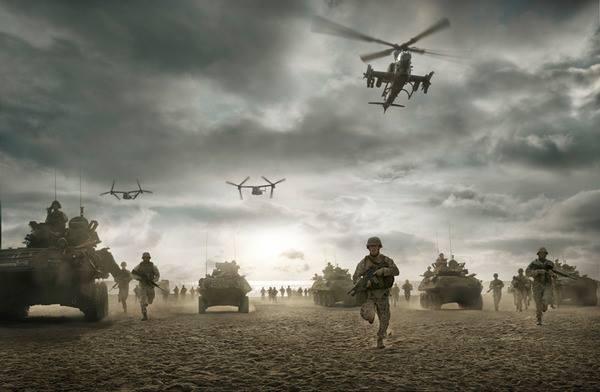
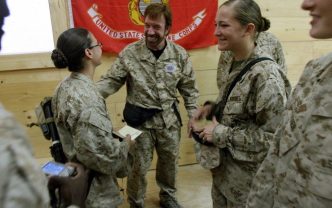
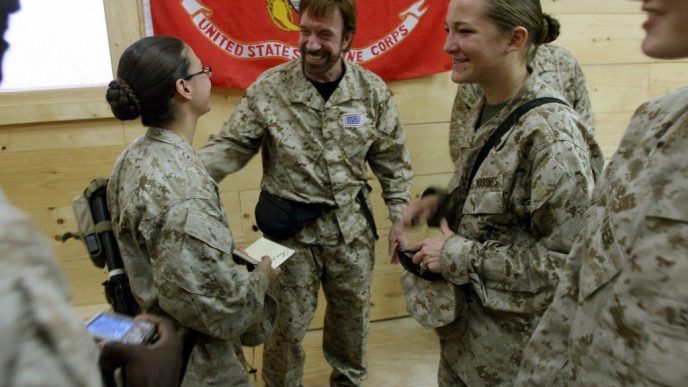
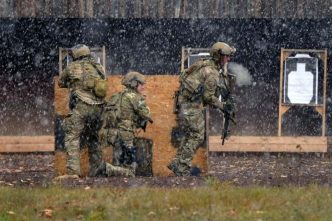
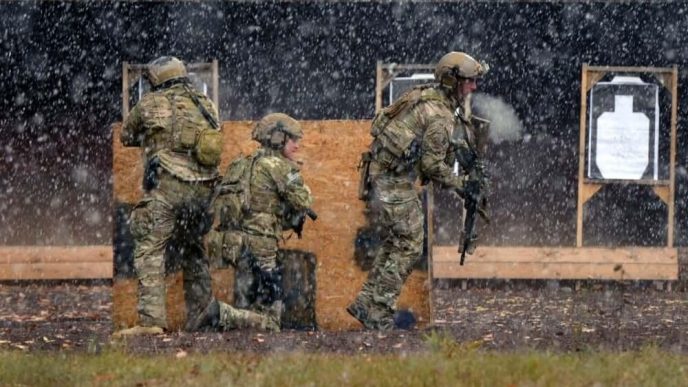
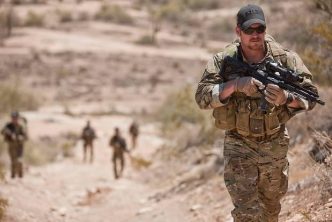
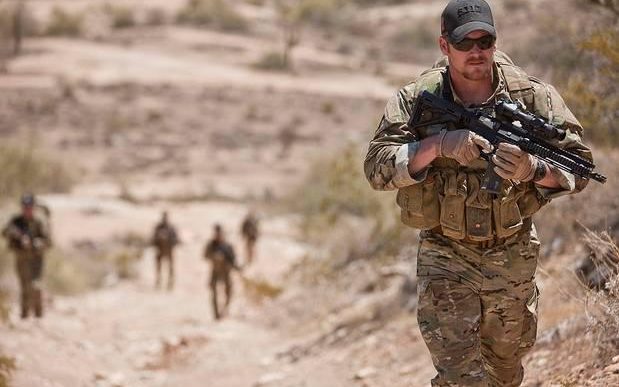
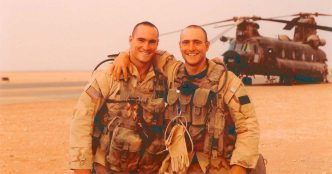
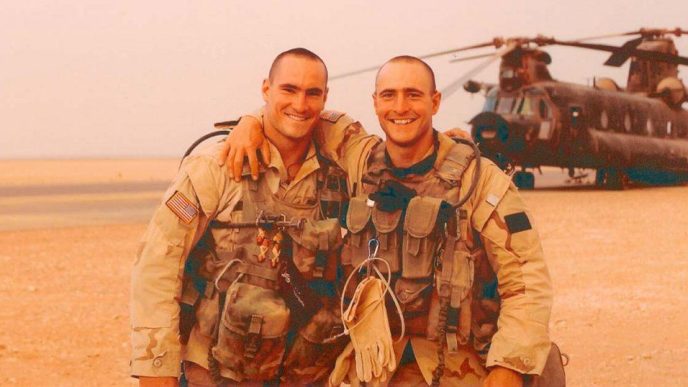
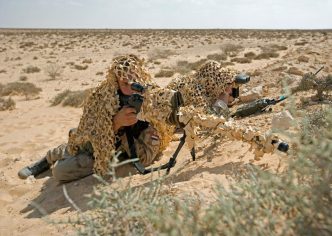
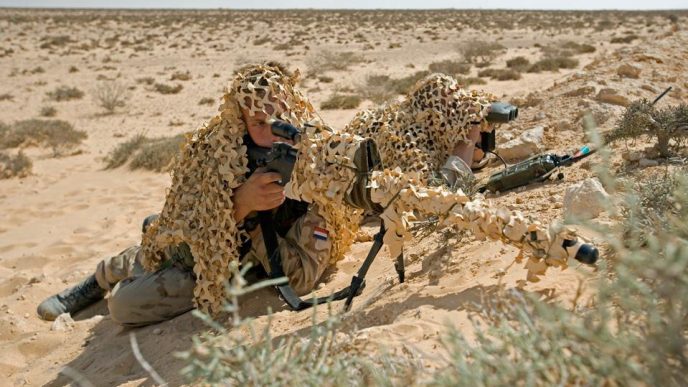
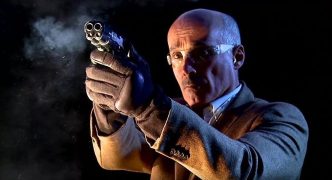

What utter rubbish, the first two have seen no real combat in the last 30 years, The Korps Mariners whilst capable only deploy in support of RM. The RM have been actively deployed in a combat role nearly every year from 65 to 2015. The USMC are the biggest but the average US marine has no where near the capability of RM